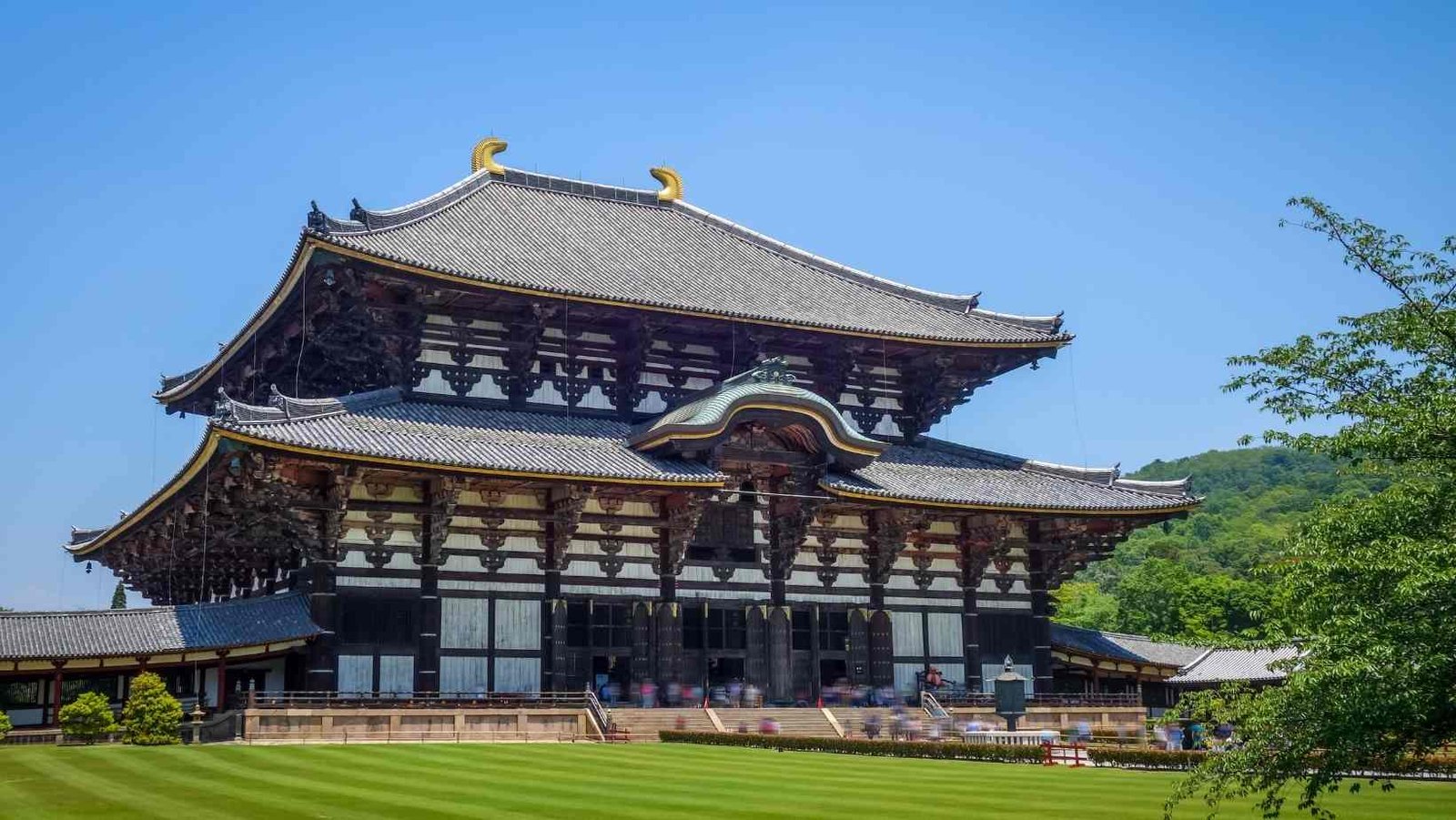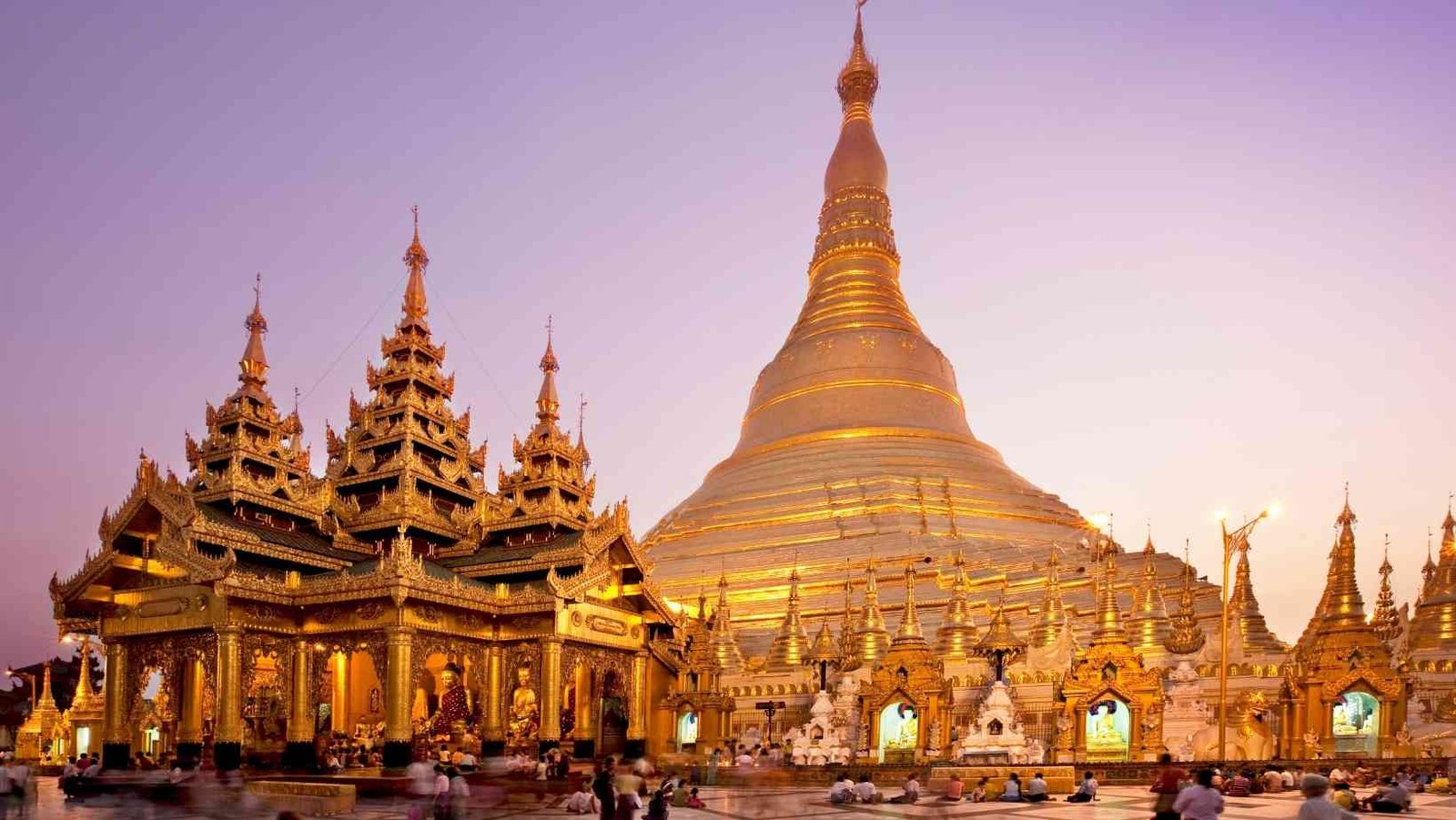Buddhism is a significant global religion and philosophy that originated around the 5th century BC in northern India. It is founded on the teachings of Siddhartha Gautama, also known as "The Buddha," who was born in what is now Nepal and is known as "The Buddha."
Jump to:
The achievement of nirvana is the Buddhist aim of liberation from suffering and the cycle of reincarnation. Buddhists number between 230 million and 500 million people globally. An overview of the world's most renowned Buddhist temples.
10. Haeinsa Temple
One of South Korea's most significant Buddhist temples is Haeinsa (Temple of Reflection on a Smooth Sea). The temple was first constructed in 802 and then reconstructed in the 19th century after Haiensa was destroyed by fire in 1817. However, the temple's most valuable item, a full copy of the Buddhist scriptures (he Tripitaka Koreana) printed on 81,258 woodblocks, was spared from the fire.
9. Wat Arun
Wat Arun (“Temple of Dawn”), located on the Thonburi bank of the Chao Phraya River, is one of Bangkok's oldest and most well-known monuments. In Buddhist cosmology, Mount Meru is the centre of the world, and the temple is an architectural depiction of it. The finest views of Wat Arun, despite its name, are in the evening when the sun sets behind it.

8. Pha That Luang
Pha That Luang (“Great Stupa in Lao”) is one of Laos' most significant monuments, located in Vientiane. The stupa is divided into many levels, each symbolising a degree of Buddhist enlightenment. The material world is represented at the lowest level, while the realm of nothingness is represented at the greatest level. On the remains of an older Khmer temple, Pha That Luang was constructed in the 16th century. A Siamese invasion destroyed the temple in 1828, but it was subsequently rebuilt by the French in 1931.
7. Jokhang
The Jokhang Temple in Lhasa is Tibetan Buddhism's most significant holy place, drawing thousands of people each year. The temple was built in the 7th century by King Songtsän Gampo. The Jokhang temple was plundered by the Mongols numerous times, yet the structure survived. The temple structure now spans about 25,000 square metres.
6. Todaiji Temple
Nara's Todaiji ("Great Eastern Temple") is one of Japan's most historically important and well-known Buddhist temples. Emperor Shomu constructed the temple in the 8th century as the central temple for all of Japan's regional Buddhist temples. Today, just a few of Todaiji's original structures survive. The Daibutsuden (“Great Buddha Hall”) was built mostly in 1709. Even though it is barely two-thirds the size of the original edifice, it contains one of Japan's biggest Budha statues and is the world's largest wooden building.

5. Boudhanath
Boudhanath is one of the world's biggest stupas, located in a Kathmandu neighbourhood. It is the spiritual heart of Tibetan Buddhism in Nepal, and many Tibetan refugees have relocated here in recent decades. The Buddha eyes that adorn all four sides of the tower are perhaps its most famous feature. The current stupa is believed to originate from the 14th century, after the destruction of the old one by Mughal invaders.
4. Mahabodhi Temple (Mahabodhi)
In Bodh Gaya, India, the Mahabodhi (Great Enlightenment) Temple is a Buddhist stupa. The main complex includes a descendent of the original Bodhi Tree, which is the holiest site in Buddhism and where Gautama Buddha attained enlightenment. Emperor Asoka constructed a temple on the site around 250 years after the Buddha achieved Enlightenment. The current temple was built during the 5th and 6th centuries.
3. Shwedagon Pagoda
Yangon's Shwedagon Pagoda (or Golden Pagoda) is Burma's holiest Buddhist temple. Shwedagon's origins are unknown, although it is thought that the Pagoda was constructed by the Mon sometime between the 6th and 10th centuries AD during the Bagan era. The temple complex is full of dazzling, multicoloured stupas, but the main stupa, which is 99 metres (326 feet) tall and is entirely coated in gold, is the focal point.

2. Bagan
Bagan, sometimes spelt Pagan, is the world's greatest collection of Buddhist temples, pagodas, stupas, and ruins, located on the banks of the Ayerwaddy River. It was the capital of many ancient Burmese rulers, who constructed as many as 4,400 temples at the kingdom's peak (between 1000 and 1200 AD). After refusing to pay tribute to Kublai Khan, the kingdom fell to the Mongols in 1287, and Bagan rapidly collapsed as a governmental centre but continued to thrive as a centre of Buddhist learning.
1. Borobudur
Borobudur is the world's biggest and most renowned Buddhist temple, located 40 kilometres (25 miles) northwest of Yogyakarta on the Indonesian island of Java. The kingdom of Sailendra constructed the Borobudur over a period of 75 years in the 8th and 9th century, using an estimated 2 million pieces of stone. It was abandoned in the 14th century for reasons that are still unknown, and it remained buried in the forest for ages beneath layers of volcanic ash.


Leave a Reply